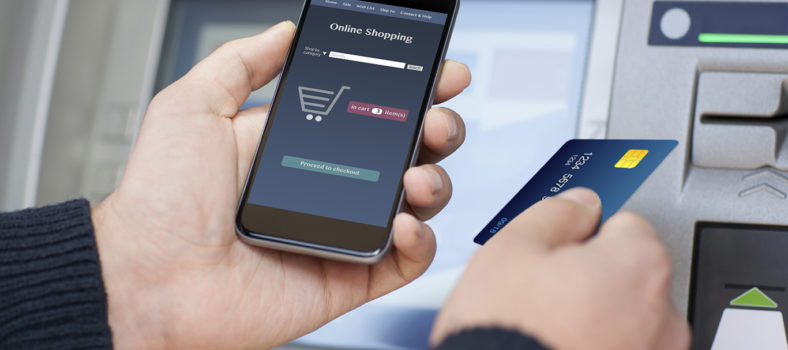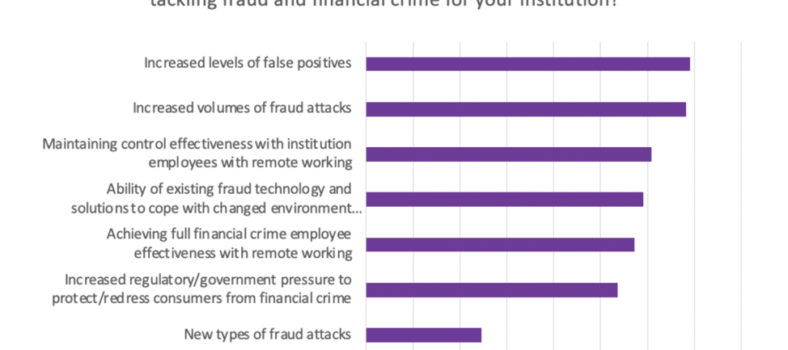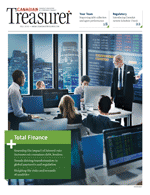Prior to COVID-19, adopting e-signatures and e-leasing was on the list of to-dos of many equipment finance companies, but it became a priority when the pandemic struck and a return to normalcy remained unclear. During an Equipment Leasing and Finance Association webinar, “e-Signing and e-Leasing in the COVID-19 World: Taking it to the Next Level,” panelists provided updates on the progress the industry has made in adopting digital contracting.
The hour-long online session was presented by Stephen Bisbee, president of eOriginal; Bob Cohen, partner of Moritt Hock & Hamroff LLP; and Dominic Liberatore, deputy general counsel of DLL. All three speakers have participated in ELFA’s multi-year initiative to expand the use of electronic documents and e-chattel paper in equipment finance, and presented a previous ELFA webinar on the topic in May. The association has promoted adoption of these technologies via a variety of educational offerings and an ELFA Board of Directors Task Force on e-Leasing, and the Equipment Leasing & Finance Foundation has released a number of articles and studies on the topic.
Bisbee kicked off the webinar noting that COVID-19 has been a digital adoption accelerator due to its deep and dramatic impact on all aspects of our lives, including forcing people to work remotely and contactless in a fully digital transaction environment. Although the processes, tools and technologies were available in the pre-pandemic world, they were not as widely utilized.
As equipment finance companies settle into the post-COVID “new normal,” below are five highlights from the webinar.
1. The impact of COVID drove greater speed and efficacy in a variety of digital processes.
Pre-pandemic, digital adoption was driven primarily by customers who wanted to transact on their phone or computer the way they did with other transactions. Since social distancing, office closings and work from home were enacted, organizations quickly ramped up their digital capabilities. The mortgage industry conducted remote closings, the Small Business Administration issued billions of dollars in loans remotely in a matter of weeks, and auto loans that were typically executed in dealerships were done remotely. Remote online notary (RON) technology that was available but not widely adopted was authorized in 47 states and over 20 states are expected to pass permanent legislation for its use by the end of 2020.
2. The post-COVID business environment will remain remote and contactless.
Post-COVID, the panelists predicted that engagement with the customer — and with each other as business colleagues — will continue to be conducted remotely. Organizations are continuing to create remote and contactless back-office operations, which Bisbee noted is one of the more surprising developments in digital adoption. People will look for speed of processes with compliance a priority. Capital efficiency and cost reduction will continue to be side benefits, yet digital adoption will remain more of a pull.
3. Digital contracting continues to become the preferred way to contract.
In an auto industry survey 94 percent of dealers preferred digital contracts and there has been a 97 percent increase in remote-signed contracts since the pandemic began. Emerging trends among customers and funders in the auto industry apply to other financial sectors as well. Areas of focus include: finding ways to work quickly and collaboratively to remove friction while executing a transaction, creating a better customer experience while engaging remotely, executing digital contracting and remote signing, and supporting online transactions.
4. Digital documents are enforceable under federal and state laws.
While e-signatures and e-leases are relatively new to the equipment finance industry, the laws governing them have been in effect for many years. The “granddaddy” of them all is the Electronic Signatures in Global and National Commerce Act (ESIGN), a federal statute that applies to certain transactions, including equipment leases. It generally states that the mere absence of an ink signature in and of itself does not render the document unenforceable. ESIGN did not gain acceptance for some time, but it made provisions for certain state laws to broaden the main purpose of ESIGN. The result of this broadening was the Uniform Electronic Transactions Act (UETA). UETA is a UCC Model Law that has been adopted by 48 U.S. states and enables the general legal enforceability of digital signatures and records. Another law, UCC Article 9-105, sets rules for electronic paper for non-real estate assets, and is the first law to apply “control” rather than possession for the priority of security interests.
5. E-signatures provide better protection for contract enforcement and risk management than ink signatures.
Cohen emphasized that electronic signatures are not documents physically signed by ink and faxed to a lender. E-signatures use a front-end vendor to authenticate the identity of the person who signed the document. This distinction is important because developments in technology present opportunities for fraud when using faxed or scanned documents such as copying or cutting-and-pasting signatures into photocopies of documents. A well designed e-signature platform, on the other hand, requires multi-factor authentication of the person signing the document which enables the verification of the person’s identity as well as his or her intent to enter the contract. Sending a password to a person’s phone to go online and create an account is one authentication process. Lexis/Nexis questions that ask about situations that are not current are another form of verifying a person’s identity. For example, questions such as have you ever lived at a certain address, which cannot be answered by an “out-of-the-wallet” test in case a person’s ID and credit cards have been stolen. Authentication processes provide an audit trail of touch points, including the computer IP address, that show numerous steps the borrower went through to enter the contract.
Despite coming vaccines it is speculated we won’t get back to “business as usual” any time soon. Liberatore noted that the way we’ve been working in the COVID remote world is here to stay, “It is transformational and it’s not just in the equipment finance world, it’s everywhere. It’s what all of our customers want and frankly also need…this will be the tipping point.”
The Equipment Leasing and Finance Association (ELFA) is the US-based trade association that represents companies in the nearly $1 trillion equipment finance sector, which includes financial services companies and manufacturers engaged in financing capital goods.
A recording of the webinar and the webinar slides are available at https://www.elfaonline.org/events/elearning/web-seminars/esigning-and-eleasing-in-the-covid-19-world-taking-it-to-the-next-level.




